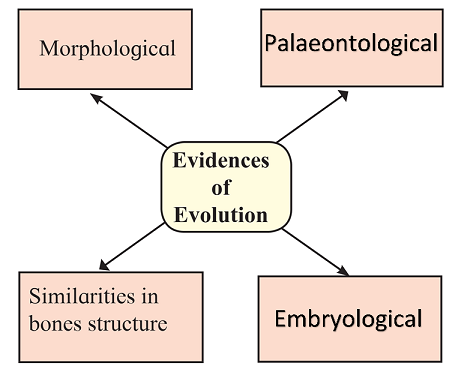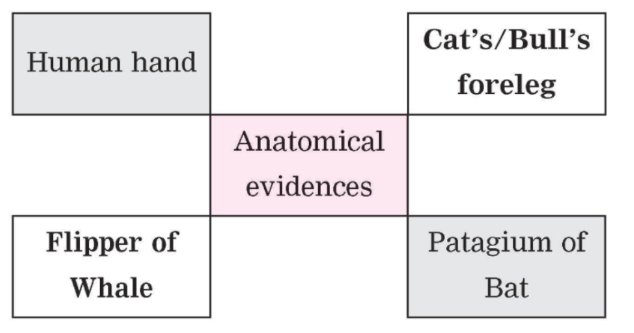Complete the statements by choosing correct options from bracket.
Transfer of information from molecule of DNA to mRNA is called ……………….. process. (March ’20) (Textual)
(A) translocation (B) translation (C) transcription (D) mutation
Ans. (C) transcription
…………… is a connecting link between Annelida and Arthropoda. (March ’19)
(A) Duck-billed platypus (B) Peripatus (C) Lung fish (D) Whale
Ans. (B) Peripatus
Identify the correlation between the first two words and suggest the suitable words in the fourth place :
Wisdom teeth : Vestigial organs :: Lung fish: ………………… (Sept. ’21)
Ans. Connecting link
Name the following :
I am a connecting link between reptiles and mammals. Who am I ? (March ’20)
Ans. Duck billed platypus
Answer the following :
What do you mean by central dogma? (March ’19)
Ans. Information about protein synthesis is present in DNA. As per this information, proteins are produced by DNA through RNA molecules. This is called central dogma.
Explain with suitable examples importance of anatomical evidences in evolution. (July ’19; March ’20) (Textual)
Ans. (i) There doesn’t seem any superficial similarity between a human hand, a cat’s foreleg, flipper of a whale and patagium of a bat. (ii) Use of each of these structures is different in respective animals.
(iii) However, there is a similarity in structure of bones and bony joints in organs of each of these animals. (iv) This similarity indicates that these animals show anatomical evolution.
Define vestigial organs. Write any two names of vestigial organs in human body. (July ’19) (Textual)
Explain how one human vestigial organ is functional in another animal. (Nov. ’20)
Ans. (i) Degenerated or underdeveloped useless organs of organisms are called as vestigial organs. (ii) Appendix is a vestigial organ in humans, but is fully functional in ruminants. (iii) Muscles of ear pinna are vestigial in humans but are useful in monkey for movement of ear pinna.
What are fossils? Write their importance. Write the name of the method used to determine age of fossils. (3 marks) (Sept. ’21) (Textual)
Ans. (i) Remnants and impressions of organisms which get buried remain preserved underground. These are called as fossils. Study of fossils is an important aspect of study of evolution. (ii) Carbon consumption of animals and plants stops after death and since then, only the decaying process of C-14 occurs continuously. (iii) In case of dead bodies of plants and animals, instead of remaining constant, the ratio between C-14 and C-12 changes continuously as C-12 is non-radioactive. (iv) The time passed since the death of a plant or animal can be calculated by measuring the radioactivity of C-14 and the ratio of C-14 to C-12 present in their body. (v) This is carbon dating method. It is used in determining the age of human fossils and manuscripts. (vi) Once the age of fossil has been determined, it becomes easy to deduce information about other erstwhile organisms. It seem that vertebrates have been slowly originated from invertebrates.
Describe briefly the Darwin’s theory of natural selection. (Nov. ’20) (Textual)
Ans. (1) Charles Darwin, an English biologist published the theory of natural selection, which preaches the survival of the fittest. (2) According to him, all organisms reproduce prolifically. (3) All the organisms compete with each other in a life-threatening manner. (4) In this competition, only those organisms sustain which show the modifications essential for winning the competition. (5) Natural selection also plays important role because nature selects only those organisms which are fit to live and the rest perish. (6) Sustaining and selected organisms can perform reproduction and thereby give rise to the new species with their own specific characters.
Complete the following diagram. (March’19)
Ans. 
Complete the following diagram. (2 Marks) (Sep. ’21
Ans. 